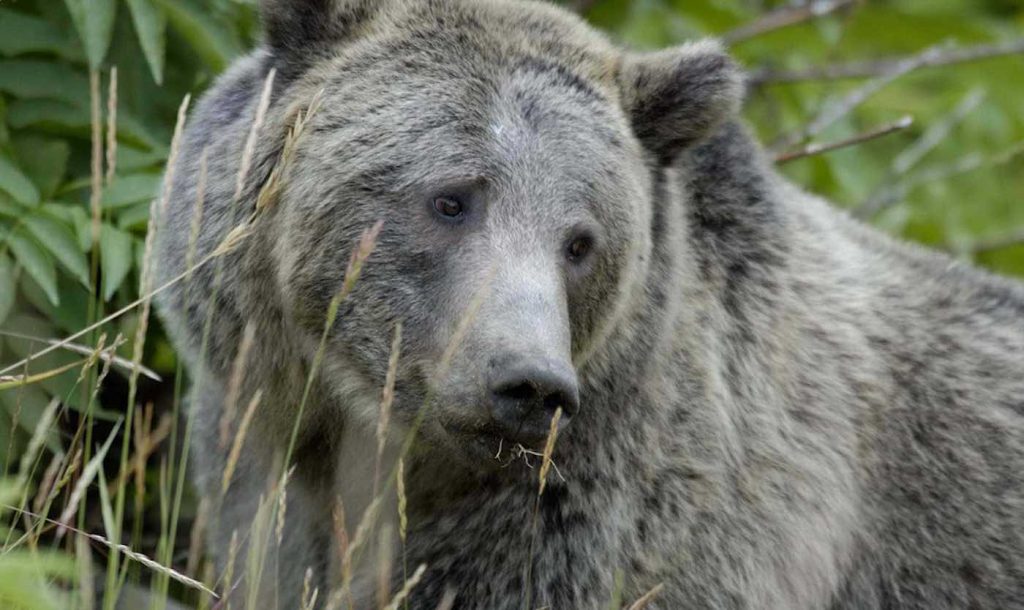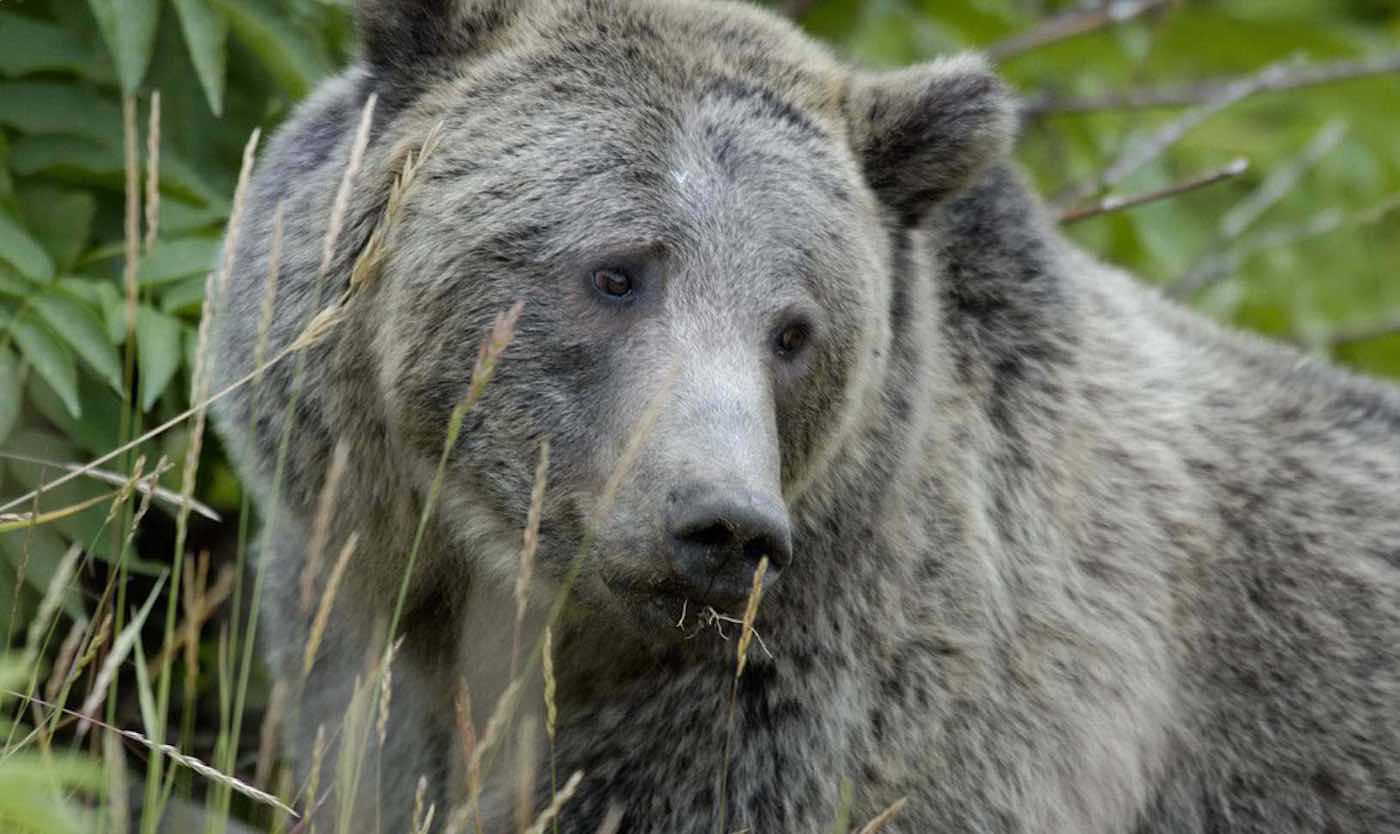The 9th Circuit Court of Appeals ruled in favor of protecting grizzly bears last week restoring their status under the Endangered Species Act in the wake of hunts planned in Idaho and Wyoming.
Conservationists and tribes that see the bears as sacred called it a “tremendous victory.” The decision spares the grizzlies from previous plans for controlled hunts in Wyoming and Idaho on land that is within the Greater Yellowstone Ecosystem, which includes 34,000 square miles.
The judge said that the decision in 2017 to delist the grizzly bear violated the Endangered Species Act because it was “the result of political pressure by the states rather than having been based on the best scientific and commercial data.”
The Fish and Wildlife Service decision to remove the grizzly bear from its bearanimalslist of endangered or threatened species prompted a lawsuit. The delisting was then overturned in Federal District Court a year later, which forced Wyoming and Idaho to cancel the hunts planned for lands outside of Yellowstone and the Grand Tetons parks, which would have allowed for up to 23 bears to be killed.
The disagreement highlights the varying opinions on the health of the grizzly population, which rebounded after a hard-fought recovery from near-extinction last century, when only 136 animals remained in North America—out of the 50,000 that once roamed.
Supporters of the latest decision say genetic diversity is at stake, with the bears on the outer fringes of the parks being essential to lasting species heath.

“Not a single (scientific) paper has said they are OK in the long term,” Matthew Bishop of the Western Environmental Law Center told the Star Tribune.
In ruling that Yellowstone grizzly bears must remain protected under the Endangered Species Act, the 9th Circuit Court of Appeals pointed to the lack of “concrete, enforceable mechanisms” to “ensure long-term genetic health of the Yellowstone grizzly.” The ruling explains that a “commitment to increase population size” is “required to ensure long-term viability.”
MORE: Wild Bison Are Returning to England’s Forests For First Time in 6,000 Years
Government and ranchers continue to claim that bear numbers are at capacity—but plenty has been written that raises serious doubts that grizzlies have gained that strong of a paw-hold species-wide.
SHARE the Bear-y Good News With Friends on Social Media…




















